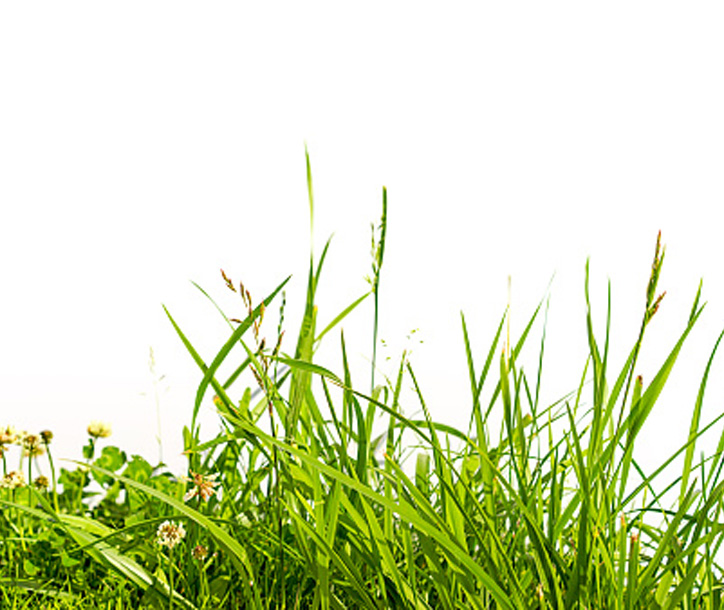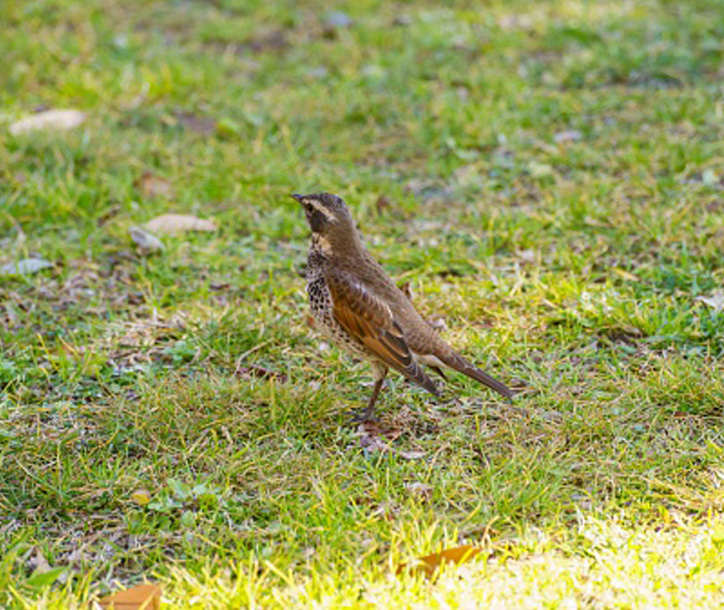Temperatures will be warming up soon, and it’s a cause for celebration. Unfortunately, the weed seeds that are in your yard are also waiting for perfect weather. Before the weather is consistently warm, you should make sure that your lawn is protected against weeds and other undesirables, like insects and disease.
Weed seeds come from mature weed plants. As they come to the end of their life cycle, these plants produce seeds that fall into the soil and become dormant in the winter. Once spring rolls around , the seeds are ready to germinate. Soon, you’ll be seeing weeds in your yard and landscaping, because they’re remarkably persistent and can grow in many different places.
, the seeds are ready to germinate. Soon, you’ll be seeing weeds in your yard and landscaping, because they’re remarkably persistent and can grow in many different places.
If you had pre-emergent weed control the previous year, it won’t last through the winter. You’ll find that more seeds have been delivered to your yard from wind, animals, and even on people’s shoes.
Pre-emergent Controls Keep Your Lawn Beautiful
Springtime seeds need only to wait until the soil temperature reach 55-60 degrees, and then they’re ready to grow. Applying pre-emergent control forms a barrier in your soil that will limit these plants before they can germinate.
A pre-emergent herbicide is also effective at controlling a wide variety of summer annuals. Just like the application for the spring weeds, the summer application timing is crucial to the health of your lawn.
Superior Lawn Care Provides Weed Control in the Spring and Summer
Superior Lawn Care offers our customers pre-emergent applications for spring and summer, with a second application that will lengthen the period of effectiveness through the summer months. This process will help to control these weeds along with later-germinating crabgrass.
We focus on keeping your lawn healthy through maintenance plans that provide custom-bended fertilizer, pre-emergent crabgrass control, broadleaf weed control, and surface insect control. Be sure to call or contact Superior Lawn Care soon, so you can protect your lawn from the weeds that are sure to surface once it starts getting warmer around the Pittsburgh area.



